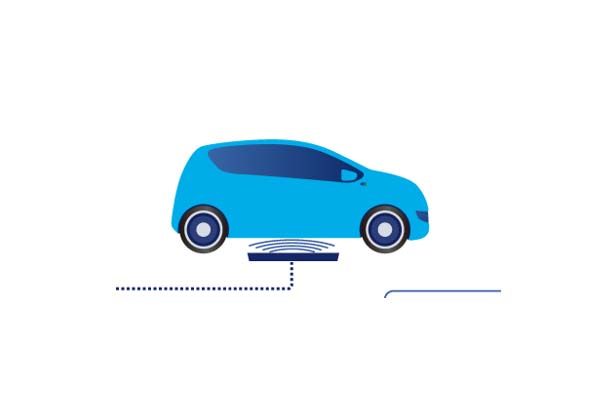Wireless technology could help electric trucks charge more safely, efficiently
UK study says wireless charging would eliminate some inefficiencies and hazards associated with outlet-based charging.

As electric trucks become more common at seaports, in warehouse yards, and on last-mile delivery routes, operators are having to deal with the difficulty of finding enough outlets to use for recharging. But a new report from the British technology consulting firm IDTechEx says a better approach might be to skip the charging cords altogether and use a no-contact technology called wireless power transfer (WPT).
Wireless charging commonly works by applying low- to medium-frequency (30 kHz to 30 MHz) time-varying magnetic fields between a transmitter pad and a receiver pad, a method known as “inductive WPT” or “magnetic field WPT,” the firm says.
According to IDTechEx, wireless charging helps users avoid workplace risks like electrocution and tripping hazards by eliminating the need for cords and electrical plugs. In addition, the method’s magnetic fields can safely pass right through the human body—as well as through air, water, ice, concrete, wood, plastics, and other non-metallic materials. That power also allows manufacturers to use hermetically sealed battery designs that are safer than battery models requiring contact-based or wired charging, the firm says.
IDTechEx acknowledges that wireless charging also presents certain technical challenges, such as the risk of burns if metal items such as paperclips or coins are placed between the powerful transmitting and receiving pads. But those dangers can be minimized by safety systems, such as foreign object detection (FOD) and living object protection (LOP), making them safe for widespread use, the company says.Related Articles
Copyright ©2024. All Rights ReservedDesign, CMS, Hosting & Web Development :: ePublishing